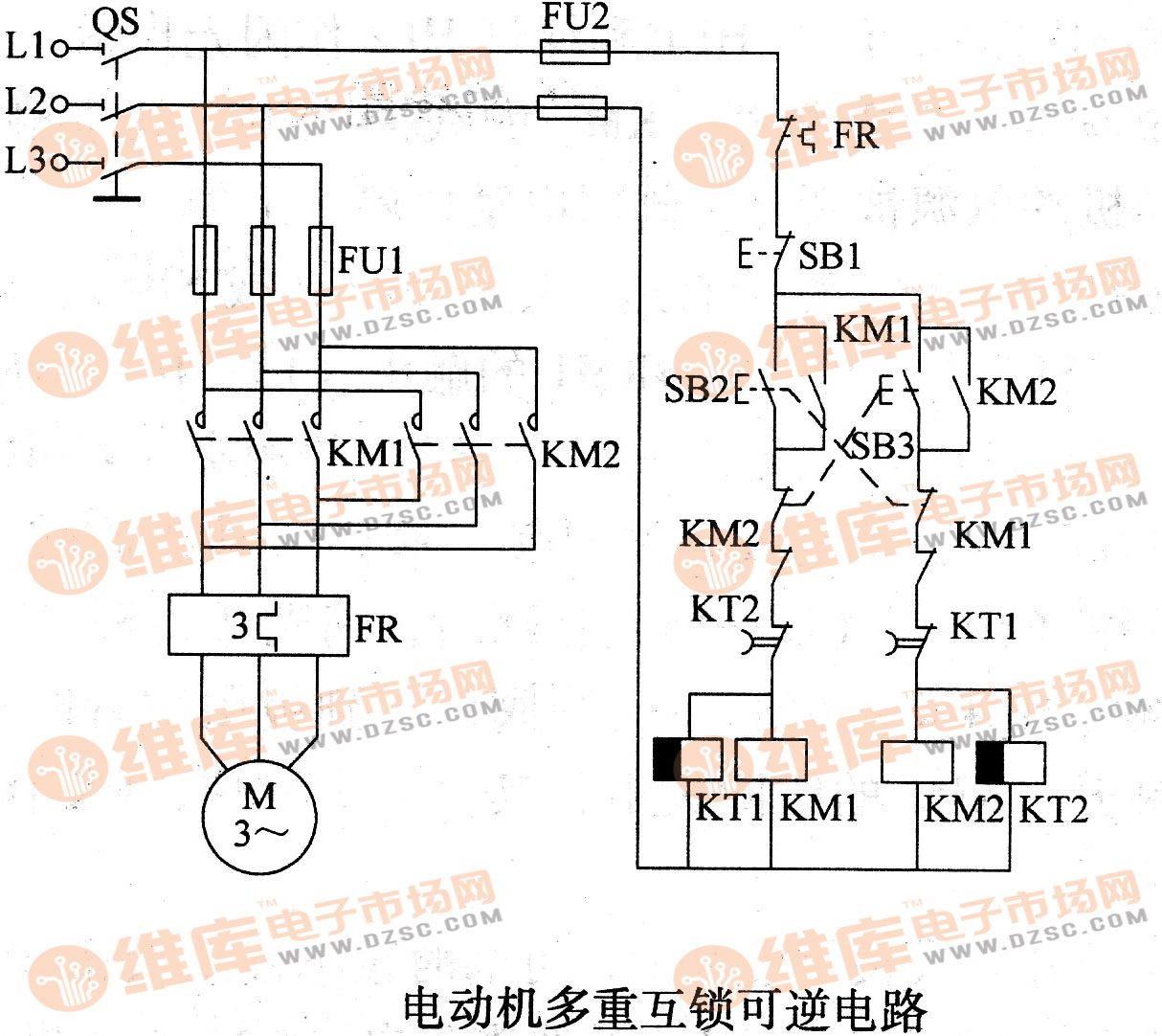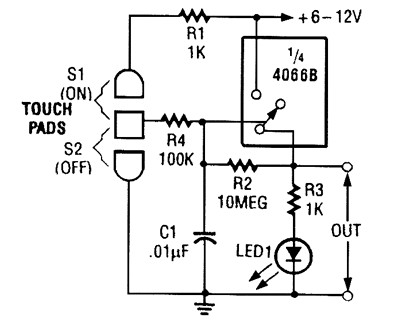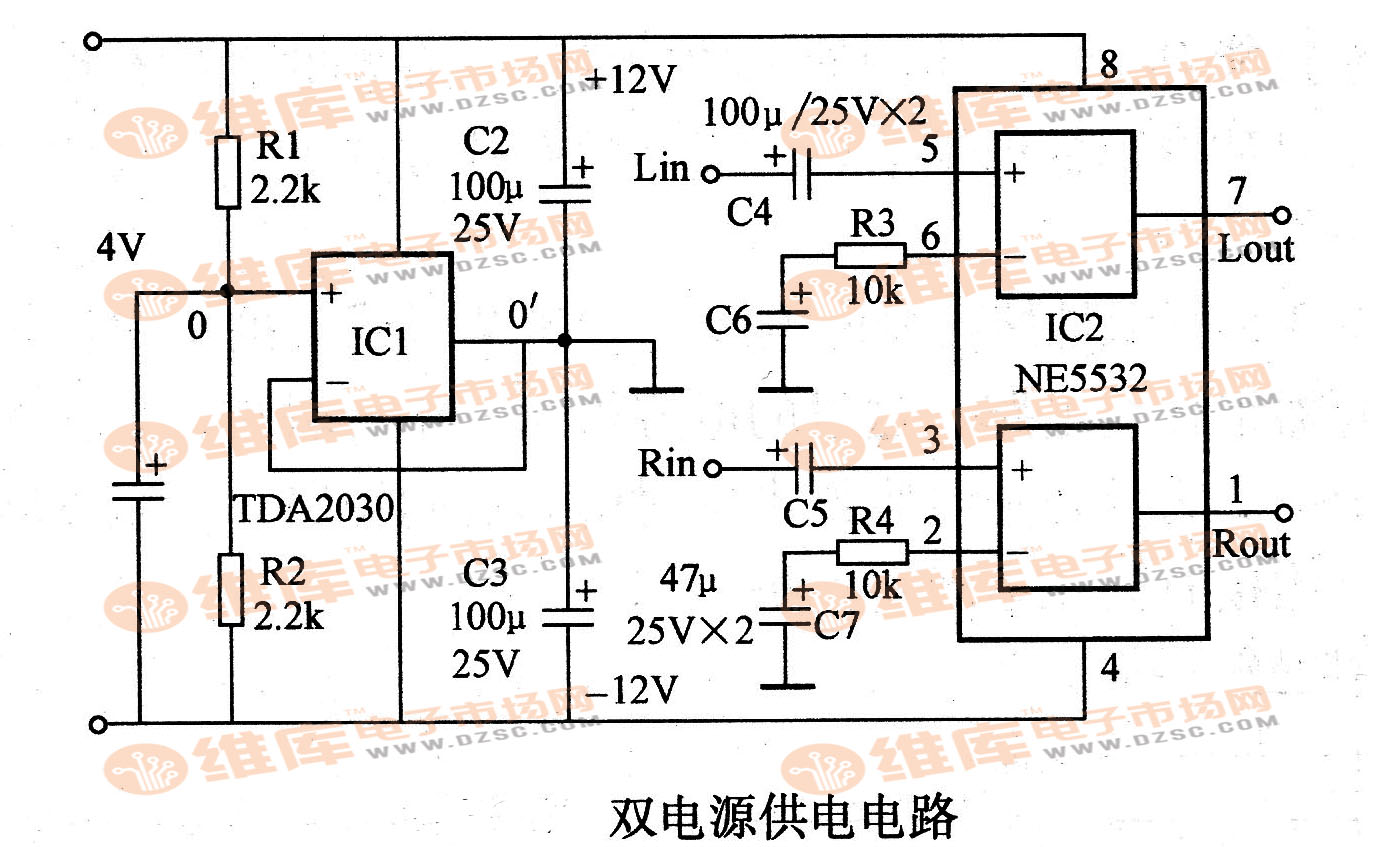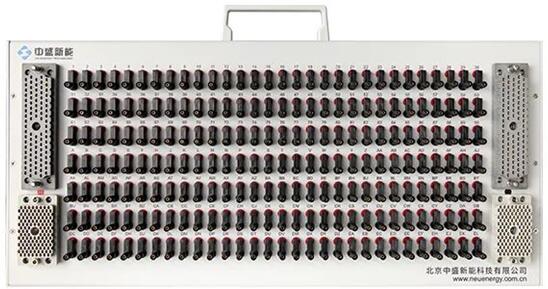DS31256的分數級T1 (FT1)環回檢測
關鍵字:應用
摘要:這篇應用筆記介紹了利用DS31256的接收BERT (誤碼率測試)功能實現分數級T1 (FT1)上環回或下環回檢測(V.54)的方法,并給出了示例代碼。 概述
這篇應用筆記介紹了利用DS31256的接收BERT功能實現分數級T1 (FT1)上環回或下環回檢測(V.54)的方法,詳細說明請參考分數級T1.403附錄B規范。所提供的算法和示例代碼簡化了DS31256較終用戶的設計。DS31256只有一個BERT引擎,但有16個V.54引擎(每端口一個)。因此,當測試端口多于一個時,軟件帶寬必須能夠處理多路復用技術。
算法
圖1和圖2所示流程圖詳細說明了上環回、下環回的操作流程。假設只有端口0查找FT1模板。基本算法設置BERT查詢上環回模板。同步后,這個算法檢測并確保BERT同步于可編程周期(例程中為0.6秒),然后查找一個全“1”模板。下環回例程中采用相同的同步、檢驗,隨后是全“1”模板。
本例中選擇0.6秒周期確保BERT同步,但這個時間周期必須根據sync_loop函數運行的快慢進行調整。
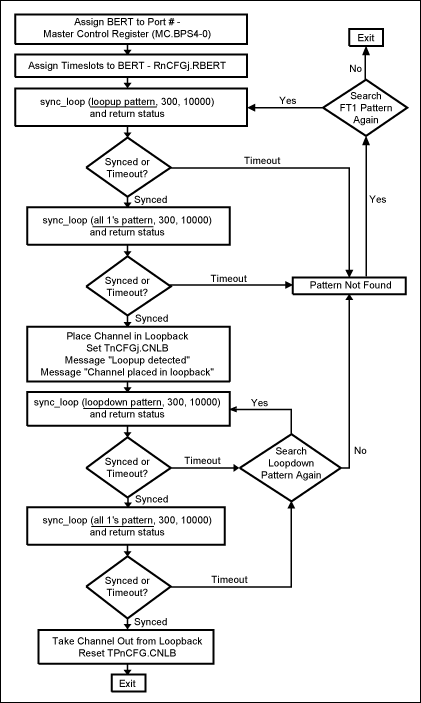
圖1. FT1 (上環回與下環回)檢測流程
圖2. FT1 (上環回與下環回)檢測流程(續)
示例代碼中函數調用定義
在進入特定程序前,必須了解一些假設條件,程序中需要下列函數。
- write_reg (addr, data)—將特定數值寫入指定的DS31256寄存器:
addr = DS31256寄存器相對于芯片基地址的偏移量 data = 需要寫入寄存器的數據
- read_reg (addr)—讀取DS31256特定地址的寄存器并返回值:
addr = DS31256寄存器相對于芯片基地址的偏移量
- write_ind_reg (addr, data)—將特定數據寫入指定的DS31256間接尋址寄存器,然后在返回前等待寄存器的“忙”位被清除:
addr = 要寫入數據的間接尋址寄存器 data = 寫入指定的間接尋址寄存器的數據
- read_ind_reg (addr, i)—讀取指定地址的DS31256間接尋址寄存器并返回數值:
addr = DS31256寄存器相對于芯片基地址的偏移量 i = 索引
- 標準的C語言打印函數printf
函數示例代碼
FT1測試函數
void FT1Test()
{
int status = 0;
FT1Setting(0, 0); -- Configure the device for BERT
status = sync_loop(1, 300, 5000); -- FT1 loop-up test
if(status == 1) -- Return status is synced
{
status = sync_loop(3, 300, 5000); -- FT1 all ones test
if(status == 1)
{
loopbackSetup(1); -- Place channelized in network loopback
status = sync_loop(2, 300, 5000); -- FT1 loop-down test
if(status == 1)
{
status = sync_loop(3, 300, 5000); -- FT1 all ones test
if(status == 1)
loopbackSetup(0); -- Take out from channelized loopback
else
checkstatus(3); -- Print out test status
}
else
{
checkstatus(2); -- Print out test status
}
}
else
{
checkstatus(3); -- Print out test status
}
}
else
{
checkstatus(1); -- Print out test status
}
}
1. 打印測試狀態信息函數
void checkstatus(int type)
{
switch(type)
{
case 1: printf("Loopup pattern not found");
break;
case 2: printf("Loopdown pattern not found");
break;
case 3: printf("All 1's pattern not found");
break;
}
}
2. 配置FT1函數
該例程假設端口0用于FT1檢測。
void FT1Setting(int dev, int port)
{
int mc = 0; -- Variables to be used
int ds0 = 0;
int rcfg = 0;
mc = read_reg (0x10); -- Read Master Control(MC) 0x00 register
mc = mc & 0xf07f; -- Mask out the read-back value from MC
write_reg (0x10, mc); -- Assign the BERT to port 0 (MC.BPS4-0)
write_reg(0x0304, 0x4000); -- Configure port 0 in receive port
for(ds0 = 0; ds0 < 128; ds0 = ds0 + 1) -- Configure register
{ --Assign timeslot R[0]CFG[ds0].RBERT bit
write_ind_reg(0x0300, 0x0100 + ds0); -- Assign all 128 ds0’s to RBERT
}
printf("FT1 configuration completed.");
}
3. 執行FT1測試函數
int sync_loop(int pattern, int sync_cnt, int timeout)
{
int timeCnt = 0; -- Variables will be used
int cnt = 0;
int status = 0;
int temp = 0;
int sync = 0;
int bertc0 = 0;
int bertec0 = 0;
BertSetup(pattern); -- Set up the BERT
bertc0 = read_reg (0x500); -- Toggle RESYNC
bertc0 = bertc0 | 0x0001; -- Mask the read BERTC0 value
write_reg (0x500, bertc0); -- Write a 1 into BERTC0.RESYNC
bertc0 = bertc0 & 0xfffe; -- Mask out read-back value
write_reg (0x500, bertc0); -- Write 0 into BERTC0.RESYNC
bertc0 = read_reg (0x500); -- Read BERTC0
bertec0 = read_reg (0x518); -- Read BERTEC0
sync = ((bertec0 & 0x0001) == 0x0001);
timeCnt = timeCnt + 1;
while(cnt= timeout)
{
printf("Time Out while searching for pattern.");
return status = 0;
}
}
delay(2000);
timeCnt = timeCnt +1;
bertec0 = read_reg (0x518); -- Read value of BERTEC0
temp = ((bertec0 & 0x0010) == 0x0010); -- Check BERTEC0.RLOS
if(temp == 1)
{
sync = 0;
cnt = 0;
}
else
{
cnt = cnt+1;
}
if(cnt == sync_cnt)
{
printf("Synced to pattern.");
return status = 1;
}
}
return 0;
}
4. 在BERT寄存器中建立模板
void BertSetup(int pattern)
{
switch (pattern)
{
case 1:
write_reg (0x500, 0x0 & 0x003c); -- Disable BERTC0.RINV
break; -- Set 2E7-1 pattern
case 2:
write_reg (0x500, 0x0020 & 0x003c);--Enable BERTC0.RINV
break; -- Set 2E7-1 pattern
default:
write_reg (0x508, 0xffff); -- Set BERT Repetitive Pattern Set
write_reg (0x50C, 0xffff); -- in BERTBRP0-1
write_reg (0x500, 0x0010 & 0x003c);-- Disable BERTC0.RINV
break; -- Set to repetitive pattern
}
}
5. 建立環回模式函數
該例程假設將端口0置于環回模式。
void loopbackSetup(int val)
{
int a = 0;
int tmp = 0;
tmp = val<<11;
write_reg(0x0304, tmp); -- Set port and channel 0
for (a = 0; a < 128; a++) -- Set T[0]CFG[a].CNLB to place channel in
{ -- loopback
write_ind_reg(0x0300, 0x0200 + a);
}
if(val ==1)
{
write_reg(0x0200, 0x0008); -- Enable TP[0]CR.TFDA1 to allow data to
printf("Loopup detected"); -- be transmitted normally
printf("Channel placed in loopback");
}
else
{
write_reg(0x0200, 0x0000); -- Disable TP[0]CR.TFDA1 bit
printf("Loopdown detected");
printf("Channel taken out from loopback");
}
}
結論
本應用筆記介紹了如何使用DS31256的接收BERT功能,從例程和軟件算法可以看出實施FT1上回環和下回環檢測非常簡單。
相關閱讀:
- ...· Efinix® 全力驅動AI邊緣計算,成功推出Trion™ T20 FPGA樣品, 同時將產品擴展到二十萬邏輯單元的T200 FPGA
- ...· 英飛凌亮相進博會,引領智慧新生活
- ...· 三電產品開發及測試研討會北汽新能源專場成功舉行
- ...· Manz亞智科技跨入半導體領域 為面板級扇出型封裝提供化學濕制程、涂布及激光應用等生產設備解決方案
- ...· 中電瑞華BITRODE動力電池測試系統順利交付北汽新能源
- ...· 中電瑞華FTF系列電池測試系統中標北京新能源汽車股份有限公司
- ...· 中電瑞華大功率高壓能源反饋式負載系統成功交付中電熊貓
- ...· 中電瑞華國際在電動汽車及關鍵部件測評研討會上演繹先進測評技術
產品快訊更多


